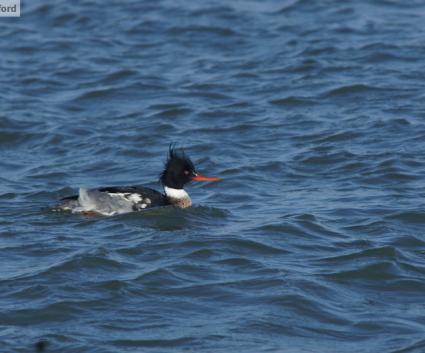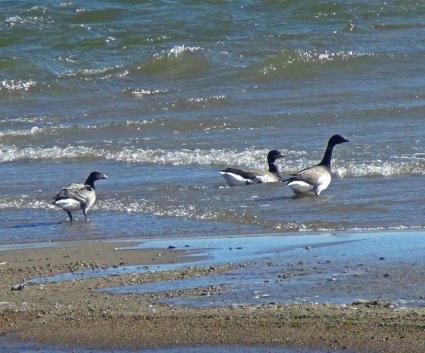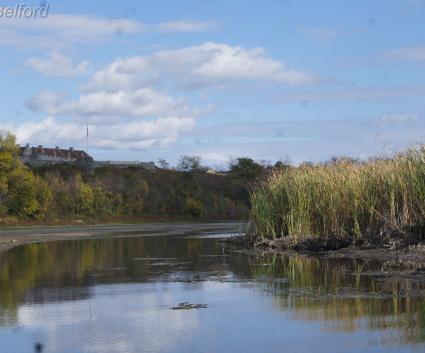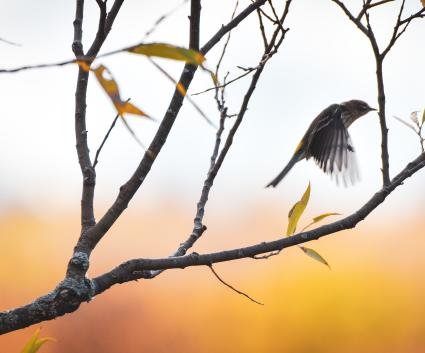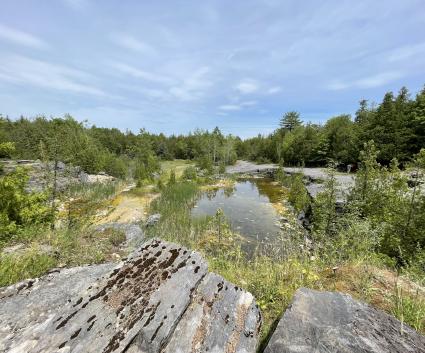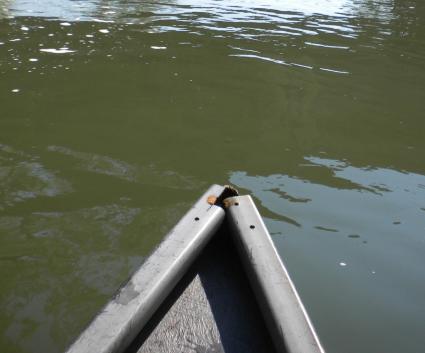A ducky time of year
With the calendar continuing to lead us toward winter, it is a great time of year to take a trip along the waters of Lake Champlain. After all, the past several weeks have seen growing contingents of ducks on the lake with species like Gadwall, Green-winged Teal, Redhead, Canvasback, and White-winged Scoter mixed in with the much more common Greater and Lesser Scaup, Bufflehead, and Common Goldeneye. Noblewood Park in Willsboro has also hosted a Barrow’s Goldeneye for weeks, and there will certainly be more individuals of this sought-after species arriving as cold air pushes them from the north.
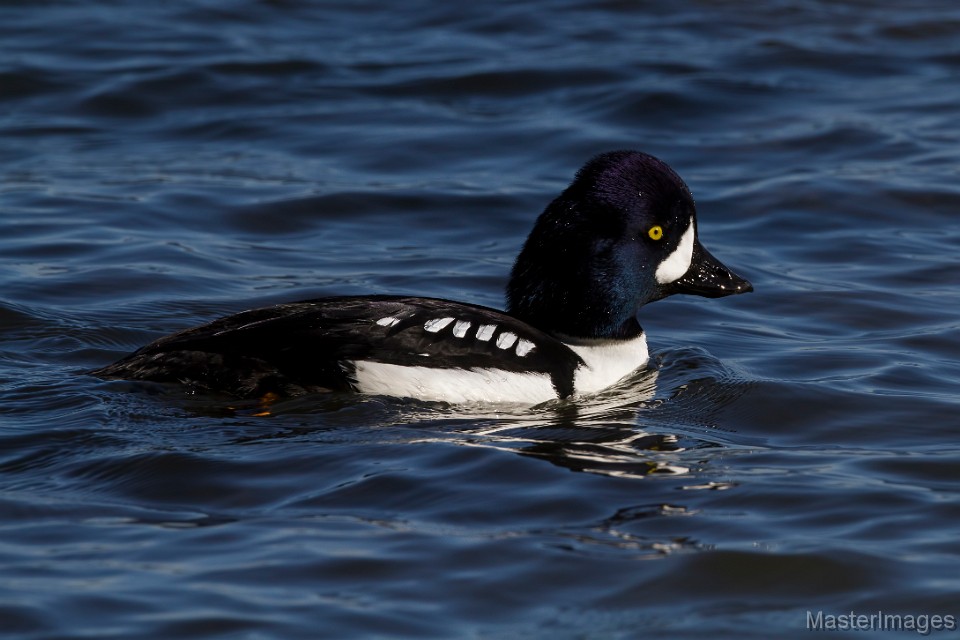
Currently, the water is largely free of ice, and the ducks can be found on almost any cove or bay along the lake. Even with this, Crown Point has been heading up the list of the best places to look for the ducks – as it often does. And, as the temperatures drop and the ice begins to advance across the surface of the water, the ducks will get pushed into larger concentrations where the water remains open, making the coming weeks some of the best opportunities to view them.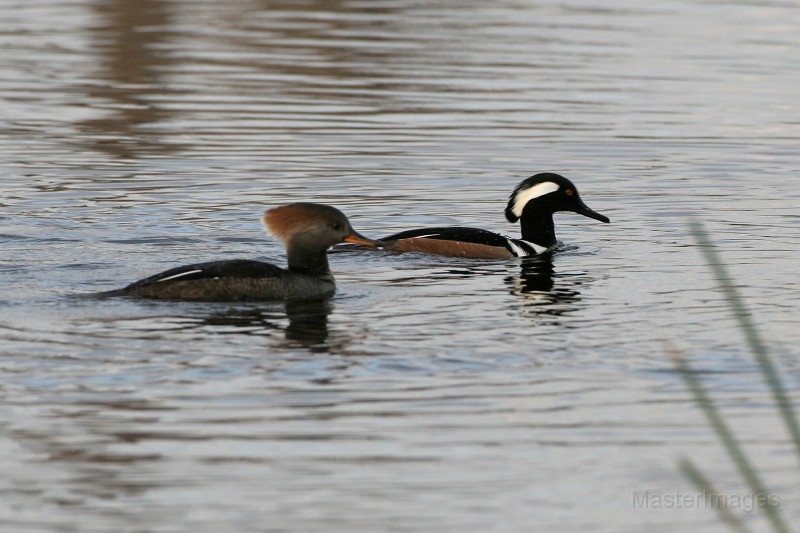
Geese, Loons, and Great Cormorants!
And ducks aren’t the only waterfowl to watch in the valley. Some of the monstrous flocks of Snow Geese – which are good at hiding Ross’s Geese – of the northern Champlain Valley are starting to move south along the lake, while lingering flocks can still be sifted through for their less common cousins. Canada Goose numbers also remain high, and they too may hide less common species.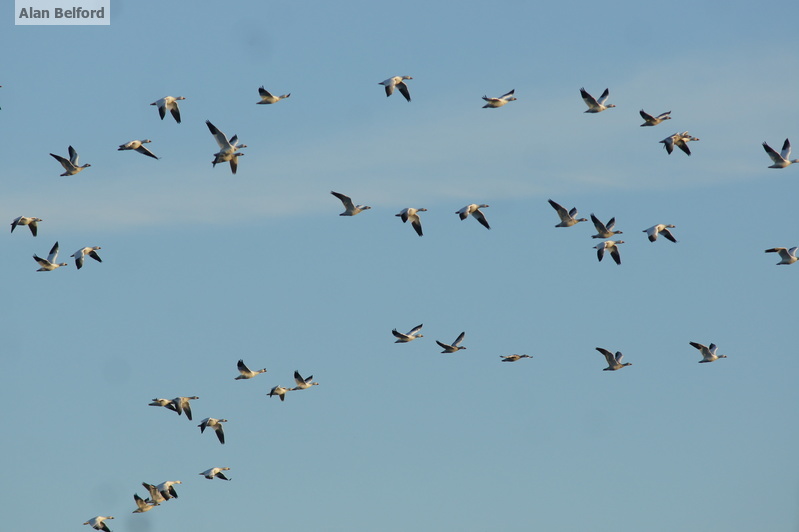
Common Loons are also moving south in numbers along the lake and Red-throated Loons have also been seen with them of late – as is usual. Of even more interest, a Great Cormorant – a bird of the Atlantic coast – was found in Westport a couple weeks ago, being seen from either the Westport boat launch or the mouth of Hoisington Brook near the wastewater treatment plant. Then a second Great Cormorant was found in Rouses Point near the Quebec border. Who knows what convinced them to journey so far inland (likely along the St. Lawrence River before turning south along Lake Champlain), but both birds are good finds in the valley.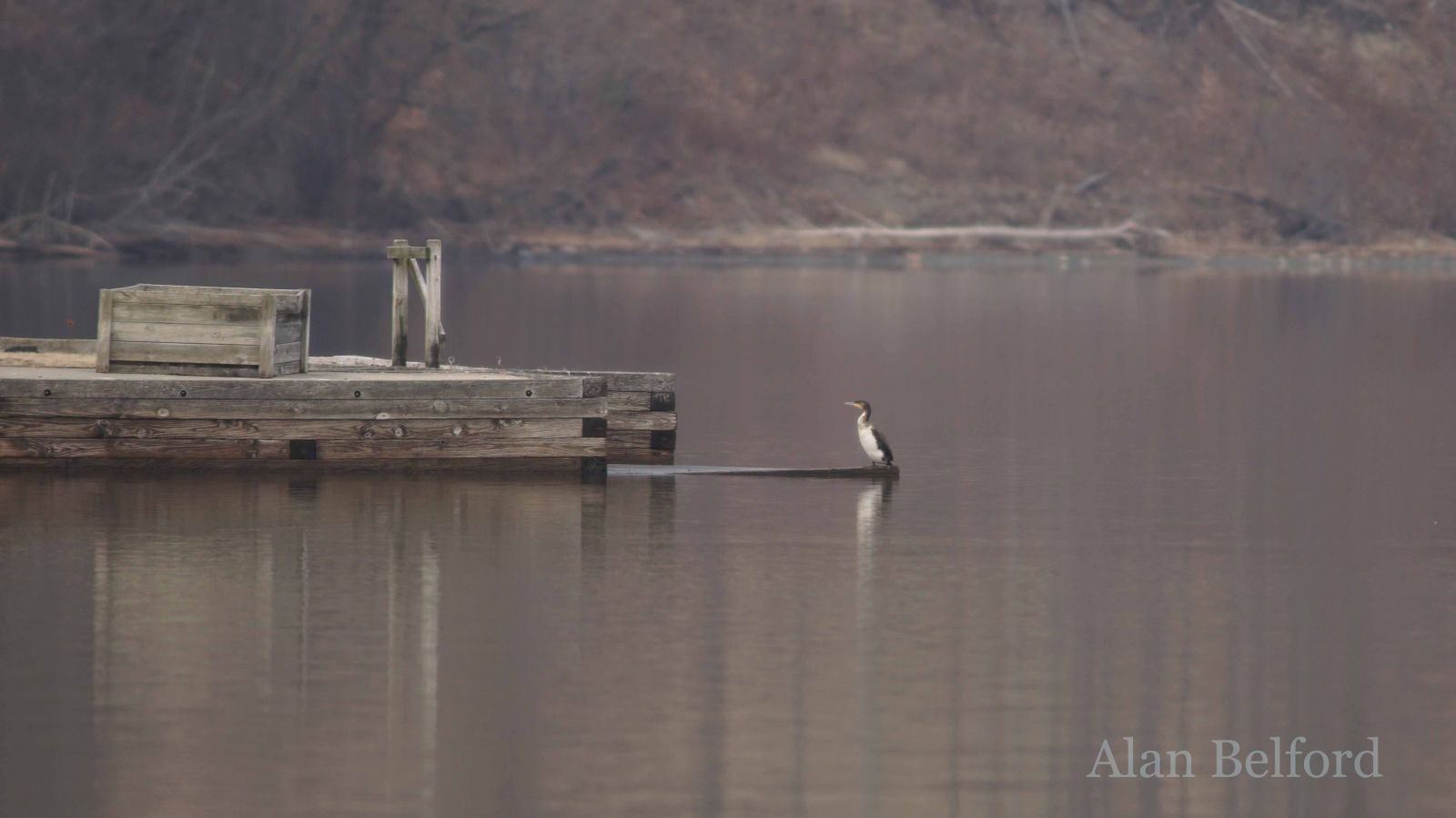
On my way out of town for Thanksgiving, I added a short loop along the lake around Westport to my trip, and was rewarded with the Great Cormorant sitting quietly as I viewed it from the mouth of Hoisington Brook. I also spotted two Red-necked Grebes (there are also Horned Grebes around) at Cole Bay along Dudley Road, as well as a suite of Buffleheads, Common Mergansers, Hooded Mergansers, and Common Loons at Cole Bay and from the Westport boat launch.
Field Birds, raptors, and upcoming Christmas Bird Counts
And while searching for these aquatic species has been productive of late, the field birding has likewise been excellent. Snow Buntings, Horned Larks, American Pipits, and Lapland Longspurs have all been found recently in the valley – locations like the Magic Triangle are good places to search for them. A few Northern Shrikes have also made an appearance — although none of them seem to stay in one place for long so birders will have to hunt for them in hedgerows and along fields in the valley — and the first Rough-legged Hawks of the season have also arrived in places like Crown Point and the Magic Triangle.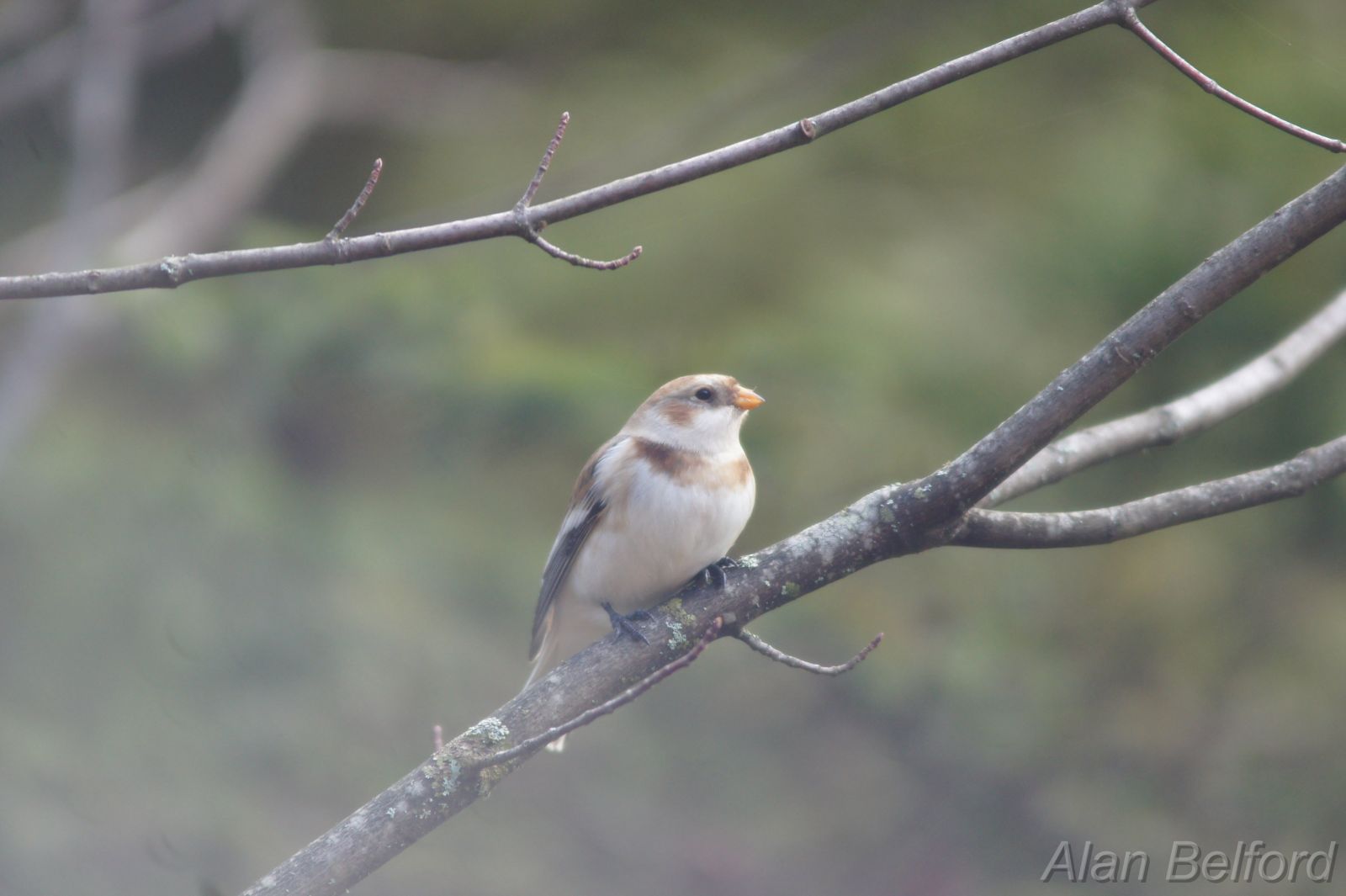
All of this is building toward that exciting time in the birding calendar when we head out for the National Audubon Society's annual Christmas Bird Counts (CBCs). The valley boasts a number of them, and interested folks should look into helping out – there is always a need for more volunteers to prowl for birds during such events. The official CBC period begins on December 14 and locally it begins that same day with the Elizabethtown count as well as the Ferrisburgh, Vermont count which includes the New York state side of the lake around Westport. The Plattsburgh count takes place the following day on December 15, as does the Champlain Islands count – another Vermont-based count which includes the area around Point Au Roche State Park. Birders should check out this website if they’d like to learn more.
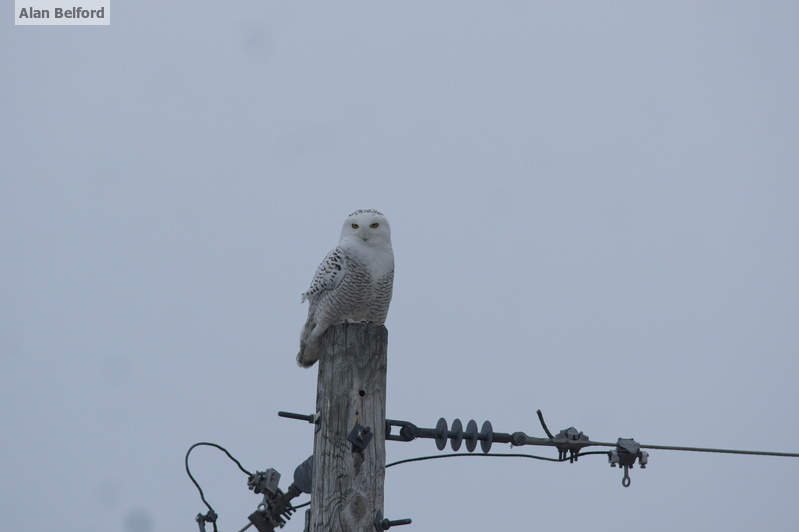
All of this not only means it will be a busy time of year for birders, but it likely means that those of us who will be out canvasing the region for birds will turn up more species of interest. As a result, that list of exciting birds which can convince us all to leave our couches and homes in favor of a breezy and perhaps cold day on Lake Champlain will certainly grow.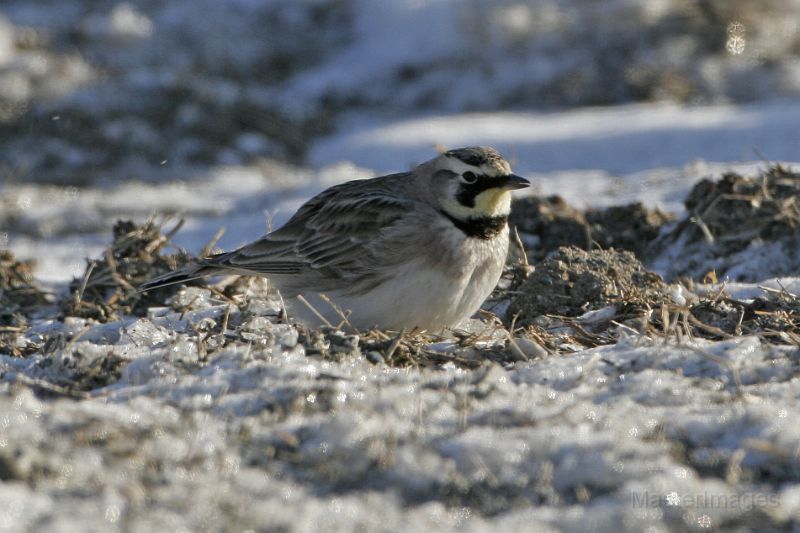
And so I look forward to continue to head out as fall gives way to winter and the time for cold weather birding begins. After all, it is a time of fantastic possibilities in the Champlain Valley.
Plan your holiday or winter birding and outdoor adventure trip to the region today! And visit our lodging and dining pages to learn more.
This week in ADK news:
Must-do ice activities in Lake Placid



